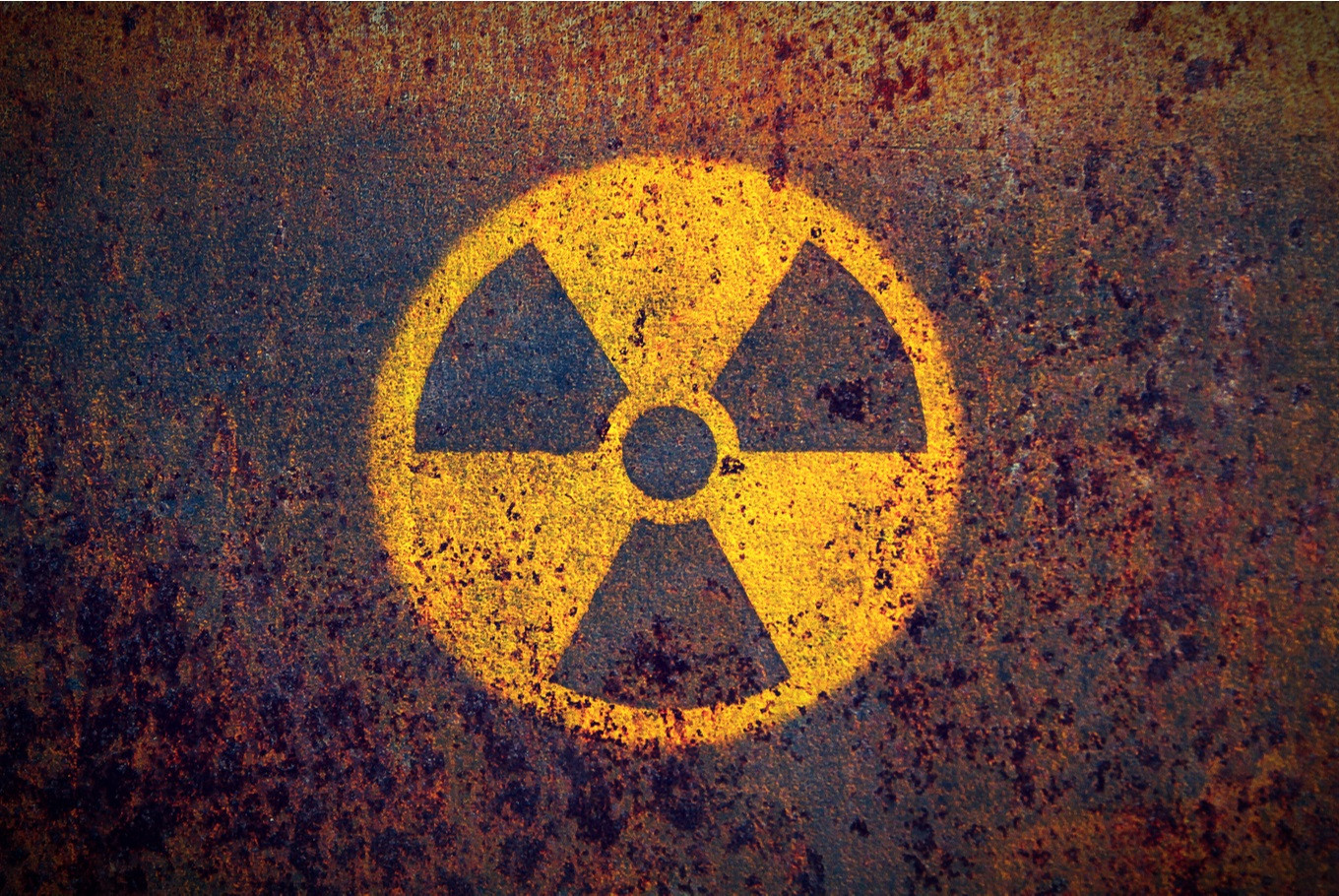
Radiation is everywhere. We catch it from the sun’s rays in the sky, and from the rocks beneath our feet. It comes from television sets, radios and mobile phones. We absorb it from certain fruits, vegetables and nuts.
But not all radiation is equal. Electromagnetic radiation, including radiowaves, microwave, visible and infrared light is known as nonionising radiation, and is largely harmless. On the other hand ionizing radiation, from wavelengths shorter than ultraviolet light through the electromagnetic spectrum to X-rays and gamma rays, can cause disease and death.
These effects are from its ability to ionize (that is, separate the positively and negatively charged ions) in bodily tissues. Broadly speaking the risk of damaging health effects is proportional, in a rather complex way, to the extent of the ionization induced in the body. This is called the dose. How ionizing radiation is measured and defined has changed over the decades as we learn more about this relatively young science.
Measuring radiation dose and risk
Dose was originally measured in air by the unit of Roentgens (R, named after the discoverer of X-rays, Wilhelm Roentgens). As ionization cannot be measured in tissue it was necessary to convert air dose to absorbed tissue dose, originally measured in rads, where 1 R = ~0.8 rad. With the introduction of metric units the basic unit of absorbed dose became the Gray (Gy), which represents an absorbed dose of 1 Joule of energy per kilogram.
Unfortunately absorbed dose is not very convenient for radiological protection purposes because 1Gy of the different radiations – gamma and X-rays, beta particles, neutrons and alpha particles – is not equally damaging to tissue. Consequently a “hybrid” unit, the Sievert (Sv) was introduced. Hybrid, because it is really not a unit of radiation dose but a unit of risk. Thus, we talk of the equivalent dose of 1Sv as carrying the same risk, for example, as 1Gy for X and gamma rays, or 0.05Gy for the more densely ionising, but less penetrating alpha particles.
But there is a further complication, as not all tissues in the body are equally sensitive. Bone marrow and a child’s thyroid are much more sensitive than muscle tissue, for example. So the term effective dose which incorporates the correction for equivalent dose and is also measured in Sv, is used. This way, if only part of the body is irradiated the risk can be presented in terms of an effective risk to the person. This allows risks from different exposures to be added together. The unit Sv should not be used for large doses (greater than 1Sv) to the whole body.
Low doses are common
Typically, everybody is exposed to two milliseiverts (mSv) per year throughout our lives from natural background radiation. We might receive a dose of up 10-20mSv from diagnostic radiology – say 10mSv for a CT chest scan. The firefighters and plant workers at the Chernobyl accident received doses of several Gy and these doses led to deaths from acute radiation sickness within about 60 days. Typically 4-5Gy received over a short period of hours will be lethal, but can be tolerated if delivered over a much longer period.
Recommendations from the International Committee on Radiological Protection limit radiation workers to 20mSv per year or in exceptional cases higher annual doses, limited by 100mSv over five years. Doses to members of the public from discharges from nuclear power plants and laboratories or leakage from, for example, medical radiation sources at hospitals should be limited to 1mSv per year.
Extreme radiation events
Clearly, in the case of accidents such as at Chernobyl and Fukushima the situation is much less well controlled. Doses of around 30mSv were received by the 115,000 people living in settlements close to Chernobyl before the 30km-radius exclusion zone was evacuated days later. In the case of Fukushima evacuation up to 20km from the power plants was much faster. Much higher doses (up to 250mSv) were received by some clean-up workers after Chernobyl, and little is known yet about doses to clean-up workers at Fukushima. If recent reports of doses up to 2.2 Sv/hour from leaking tanks on the site are true and if this dose is from gamma rays, then it may soon become too dangerous to work on the site.
To cause death within hours of exposure to radiation, the dose needs to be very high, 10Gy or higher, while 4-5Gy will kill within 60 days, and less than 1.5-2Gy will not be lethal in the short term. However all doses, no matter how small, carry a finite risk of cancer and other diseases.
A very approximate rule of thumb is that 1Sv carries a risk of a 10% increase in lifetime risk of cancer. This cancer risk may persist for the remainder of life but is unlikely to appear before at least 10-20 years after exposure. So, exposure from accumulated natural background radiation up to the age of 50 years (=100mSv) increases the ~30 percent lifetime risk of cancer to ~31 percent and mortality from ~25 percent to ~26 percent. On this basis some 30,000 to 60,000 cancer deaths worldwide, but mainly in Europe, will have been caused by the Chernobyl accident, and many still remain to occur.
Much discussion is made of the so-called low dose problem. Effects from doses of less than 50mSv are difficult to assess directly due to the high background of spontaneous (naturally occurring) cancer, so it has been necessary to extrapolate down from measurements of effects at higher doses. The question is whether there is a dose threshold below which there is no effect. From what we know that threshold must be below 10mSv and by the age of ten everybody has received at least 10mSv natural background radiation from natural background sources, so there is no argument for a threshold – all doses of radiation, no matter how small, entail a finite risk.
[“source=thejakartapost”]


